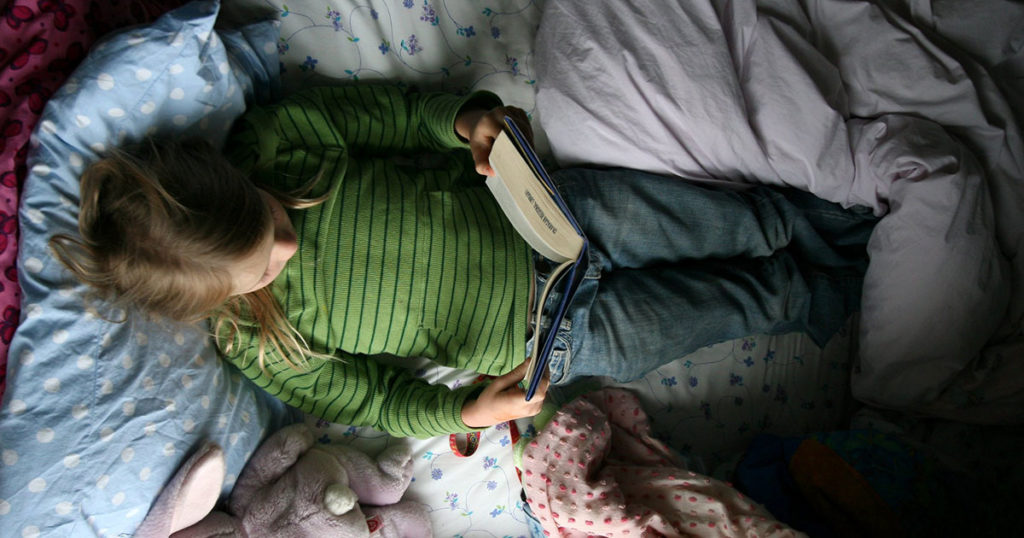
Quarantining with little ones (or preteens threatening to act like little ones) surely has its ups and downs, but thankfully, the boredom-busting power of good books remains evergreen. Whether you’re nine years old or 90, few things bring more comfort than a good children’s book. Take heart in these 10 classic literary reminders that even in the most uncertain of times, magic resides in the mundane, hope and good humor abound, and adventure is never as far away as it seems.
The BFG by Roald Dahl

Told in Roald Dahl’s whimsical prose, this novel begins when young orphan Sophie is suddenly swept away into a land of giants by one known as the Big Friendly Giant. While other giants eat human beings, the BFG galumphs through the streets of England by night to peacefully blow good dreams into the ears of sleeping children. Full of fabulous words like “snozzcumber” and “whizzpopping,” The BFG is a wonderfully imaginative reminder that children and misfits have the power to change the world.
Corduroy by Don Freeman
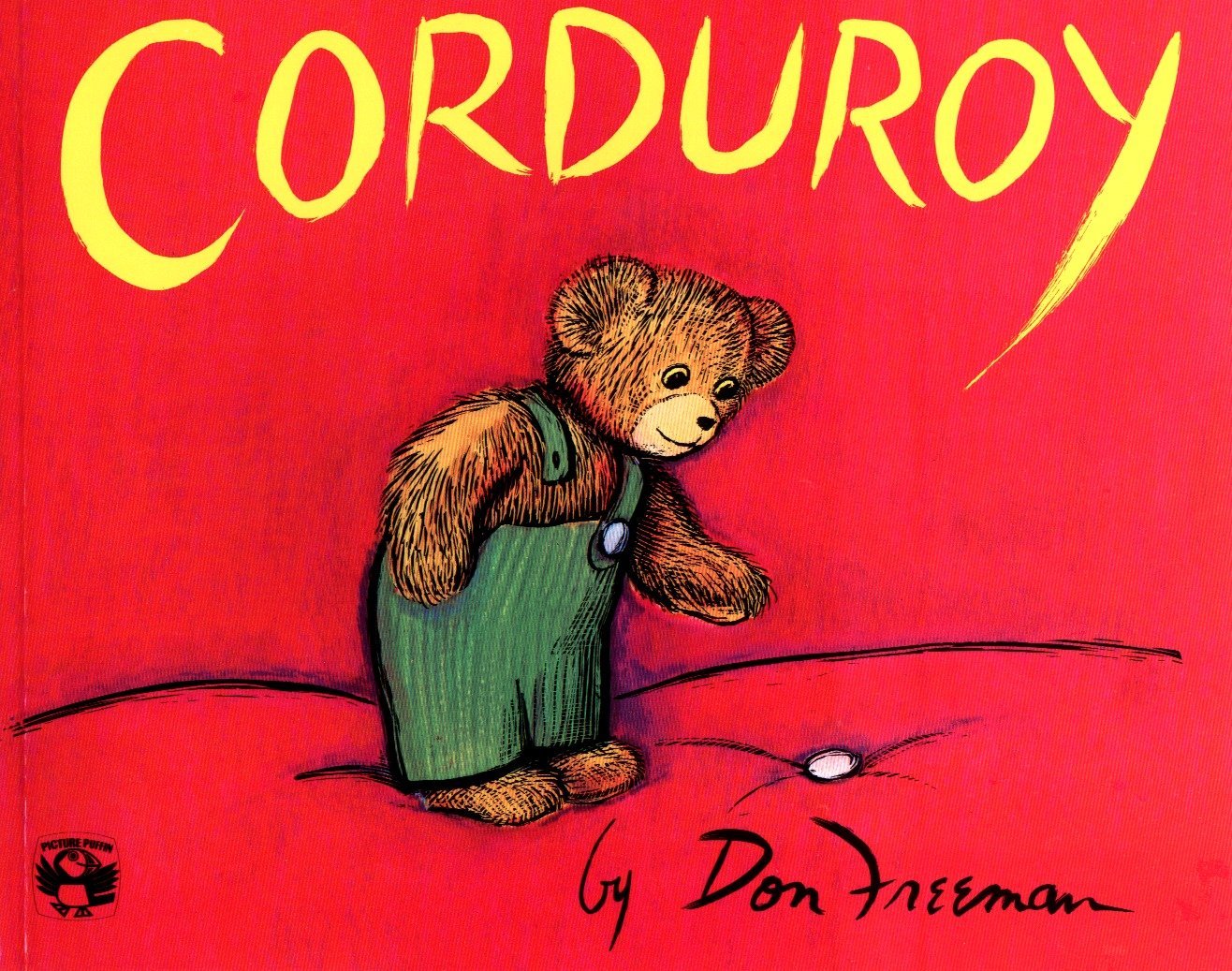
The timeless tale of a teddy bear just hoping that someone will take him off his department-store shelf, Corduroy takes the reader on a journey through this brightly colored store as the title bear searches for his missing button. He doesn’t find the right one, but a friend at last finds him. Short and sweet, Corduroy is a heartwarming take on the relationships between children and their toys, as well as the joy of having a place to call home.
Eloise by Kay Thompson

If any book can demonstrate how to have fun while cooped up inside, it’s Eloise. Originally intended as a satire for adults, this delightful picture book has won the hearts of both children and adults for decades thanks to its funny, feisty protagonist and detailed renderings of the famous Plaza Hotel. Six-year-old Eloise spends her days indulging in various misadventures like roller-skating past the guests’ rooms, taking the elevator to nearly every floor in the hotel, and offering some particularly timely words of wisdom: “Getting bored is not allowed.”
Frog and Toad series by Arnold Lobel
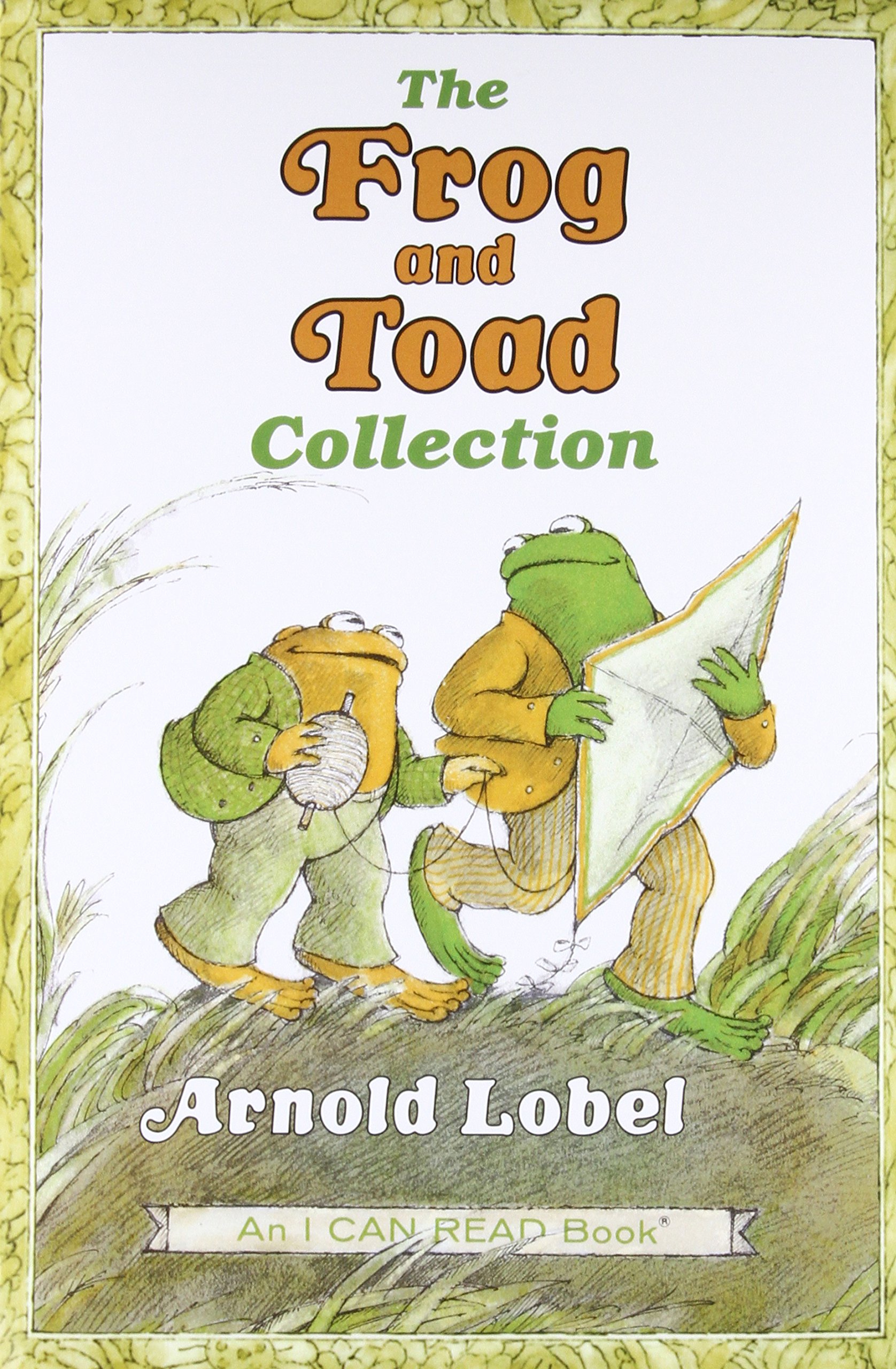
Not being able to see friends in person is especially hard for children. Fortunately, a visit with one of the most beloved pairs in picture books can provide at least a temporary respite for our social-distancing maladies. Lobel’s charming Frog and Toad series depicts the friendship between chronic worrier Toad and laid-back Frog, their antics playing out in simple prose and cheery watercolor drawings. (Plus, the scene where Frog and Toad can’t stop eating cookies is probably an accurate depiction of all of us at the moment.)
From the Mixed-Up Files of Mrs. Basil E. Frankweiler by E. L. Konigsburg
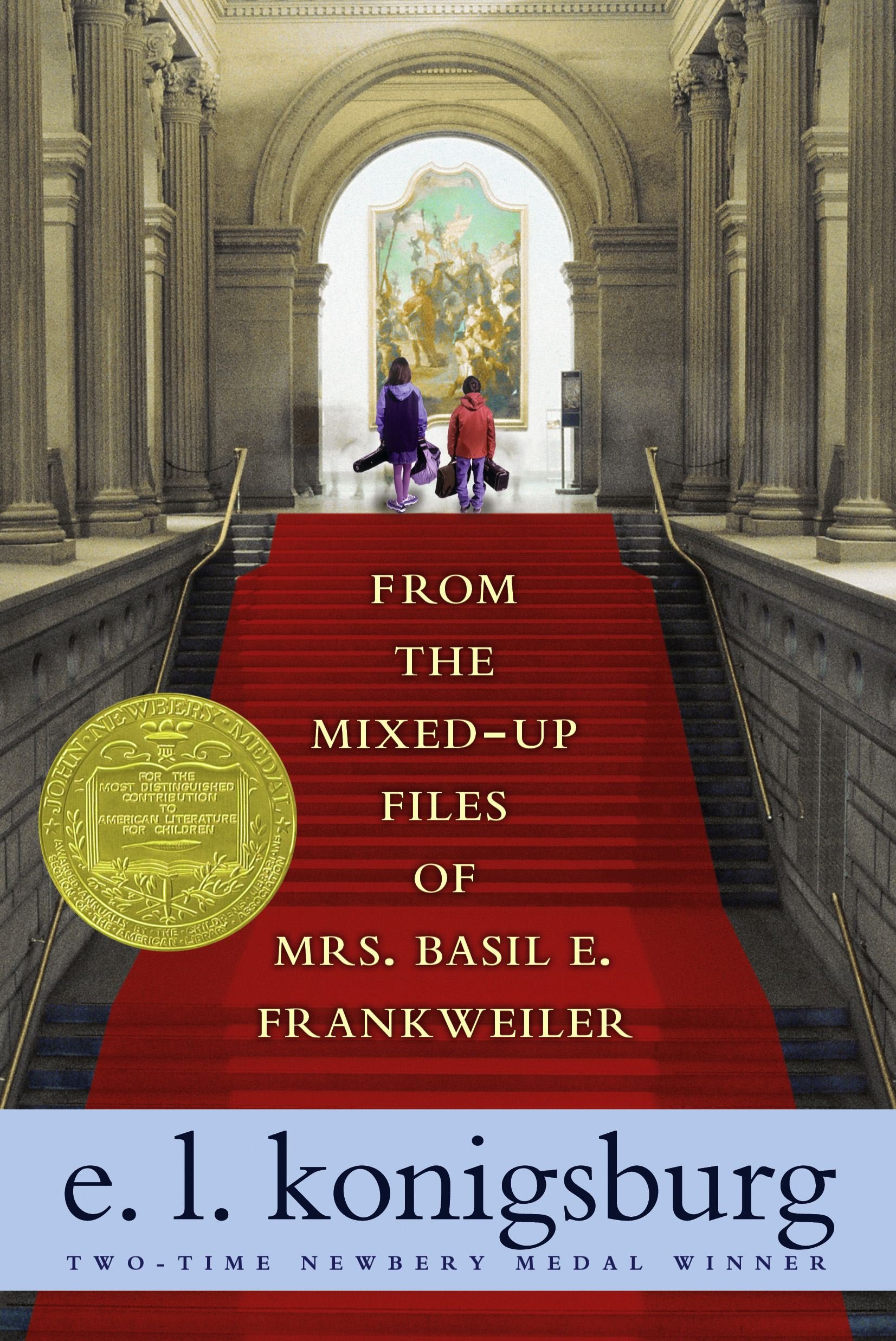
Museums may be closed for regular business, but children can still visit one of the most famous art collections in the world thanks to this Newbery-winning classic. When siblings Claudia and Jamie run away from home to seek improbable refuge in the Metropolitan Museum of Art, it seems like that alone would be enough of an adventure. Instead, the two find themselves embroiled in an art mystery that keeps both them and the reader guessing until the book’s satisfying final pages.
Little Women by Louisa May Alcott
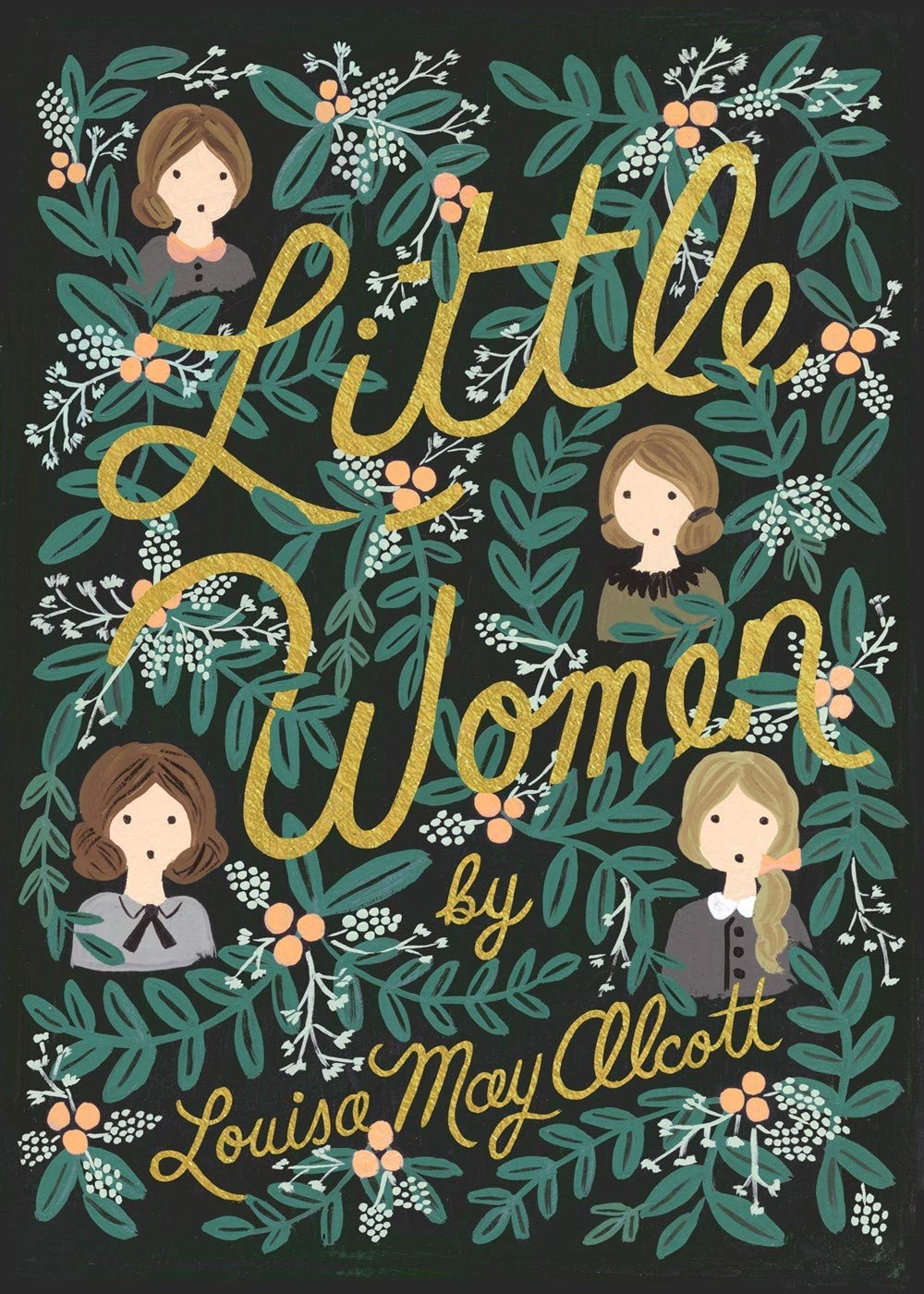
Little Women offers the comforting reminder that not only has humanity lived through fear and uncertainty before, but that during such times, kids are still blessedly kids. As such, this quarantine period seems as good a time as any to settle in with Alcott’s four young protagonists as they tackle hardships on the Civil War home front with wit, warmth, and love. Top it off with a family viewing of Greta Gerwig’s phenomenal 2019 film adaptation— or, if you’ve got the stamina, a nine-hour binge watch of every movie version— and you’ll feel like Meg, Jo, Beth, and Amy are a cherished part of your own household.
Mrs. Piggle-Wiggle series by Betty MacDonald
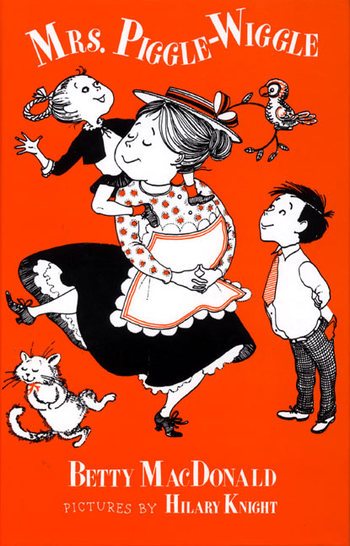
Like Eloise, here is another set of tales brought to life by Hilary Knight’s expressive drawings (or, in the case of Mrs. Piggle Wiggle’s Farm, Maurice Sendak’s). The Mrs. Piggle Wiggle series features a heroine of epic proportions: the eponymous character simply gets children in a way that their parents cannot. She has a whimsical cure for every one of the children’s ailments, from the Never-Go-to-Bedders to the Whaddle-I-Doers. MacDonald’s midcentury view of “good” behavior may seem a bit dated now, but chances are you and your kids will be so taken with the dotty main character that you’ll forget to care.
The Mysterious Benedict Society series by Trenton Lee Stewart
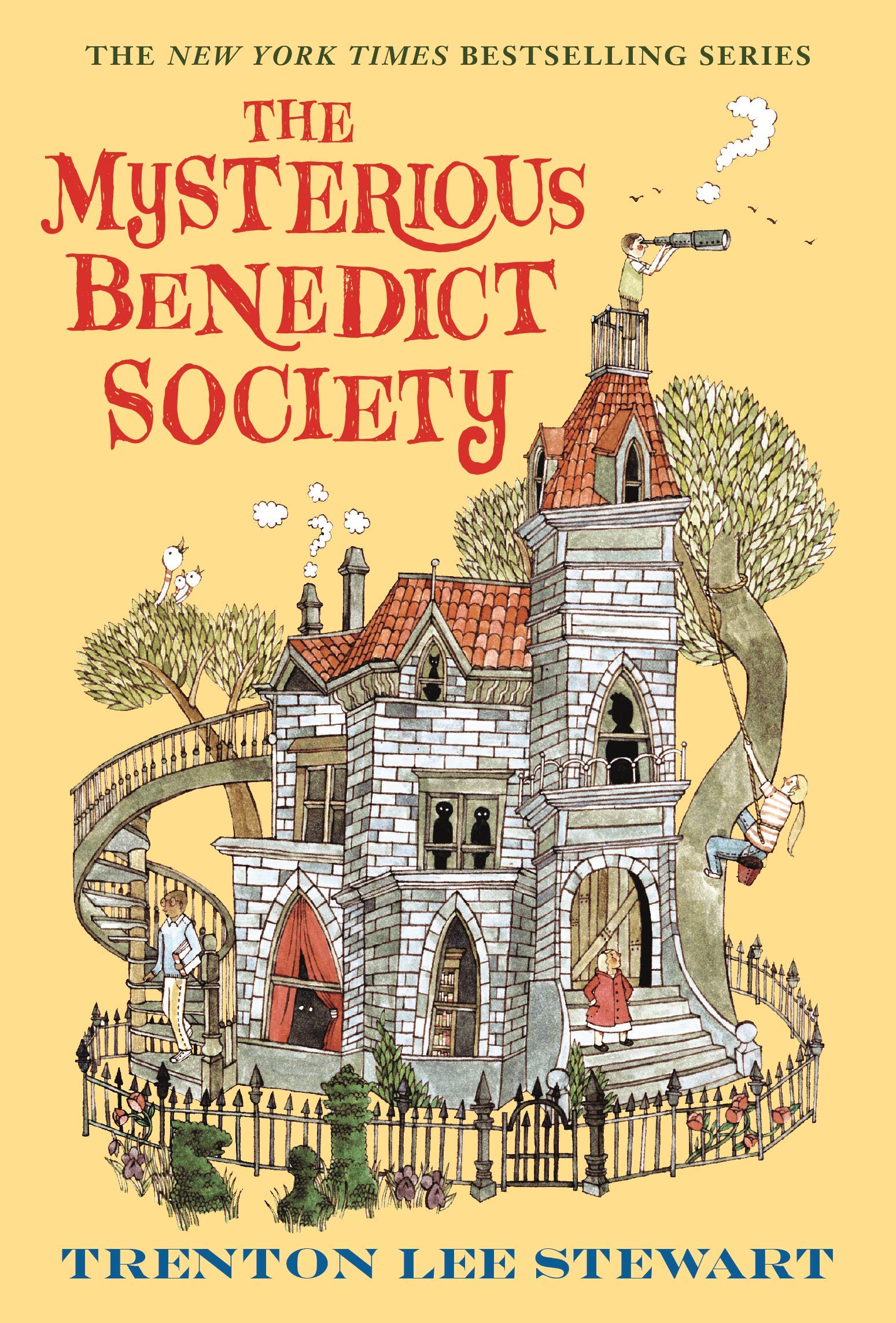
The first of an enthralling four-part series, The Mysterious Benedict Society begins when dozens of youngsters respond to a newspaper ad for “gifted children,” but only a few pass the ensuing set of clever, challenging tests. Together, they create the aforenamed society, tasked with a top-secret, world-saving mission fit only for highly resourceful children. Chock full of brave, lovable characters and exciting plot twists, The Mysterious Benedict Society has drawn well-earned comparisons to Harry Potter and A Series of Unfortunate Events, and clocking in at nearly 2,000 pages, the series is plenty long enough to while away the quarantine hours.
The Phantom Tollbooth by Norton Juster
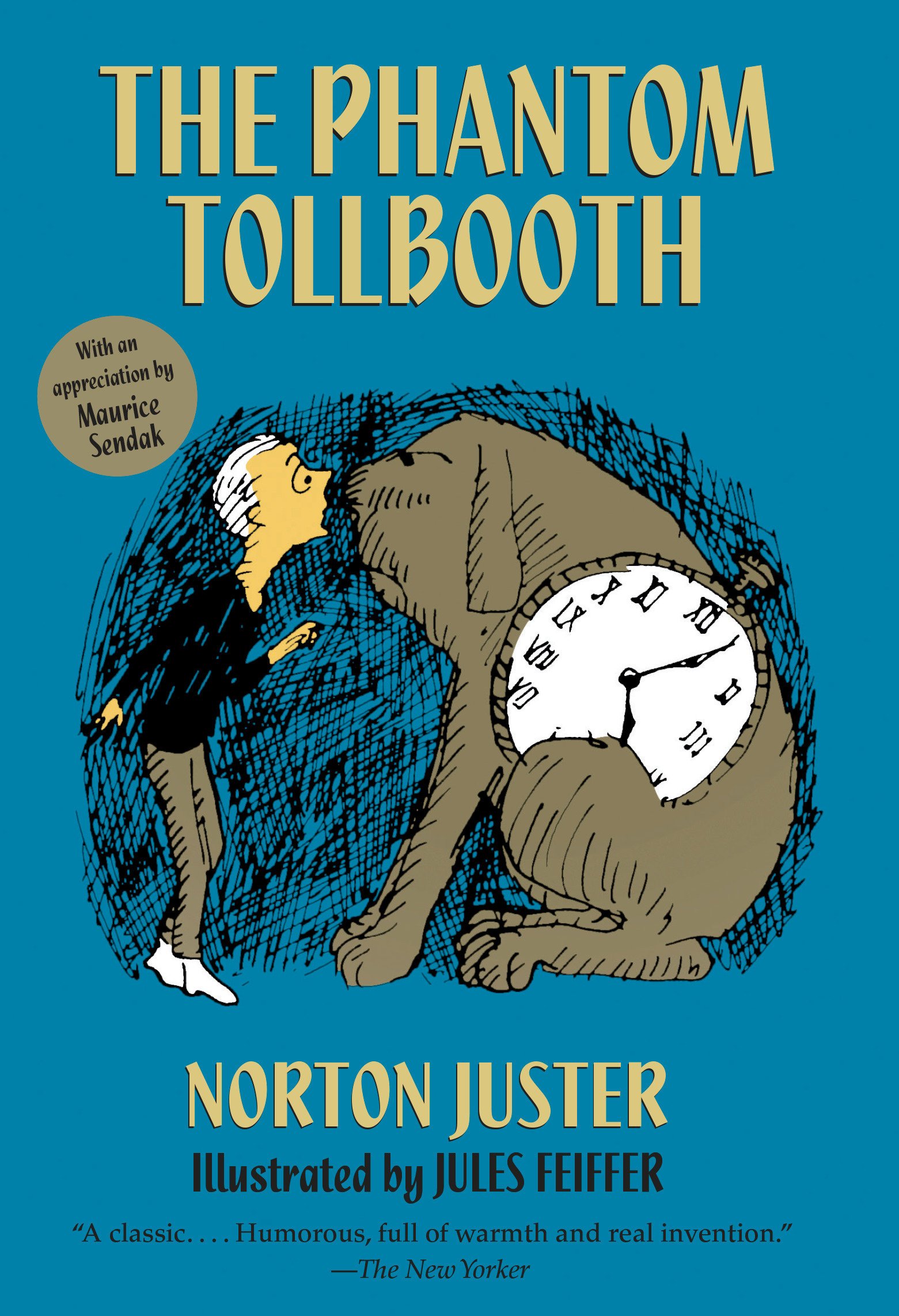
When The Phantom Tollbooth begins, main character Milo, like oh-so many of us, is bored. When a mysterious tollbooth arrives on his doorstep, he reasons that he may as well drive his toy car past its barriers. What follows is a captivating adventure through a land of allegories, puns, and utter fun, leading Milo— and the reader— to realize excitement may not be so far from everyday life after all.
Winnie-the-Pooh by A. A. Milne
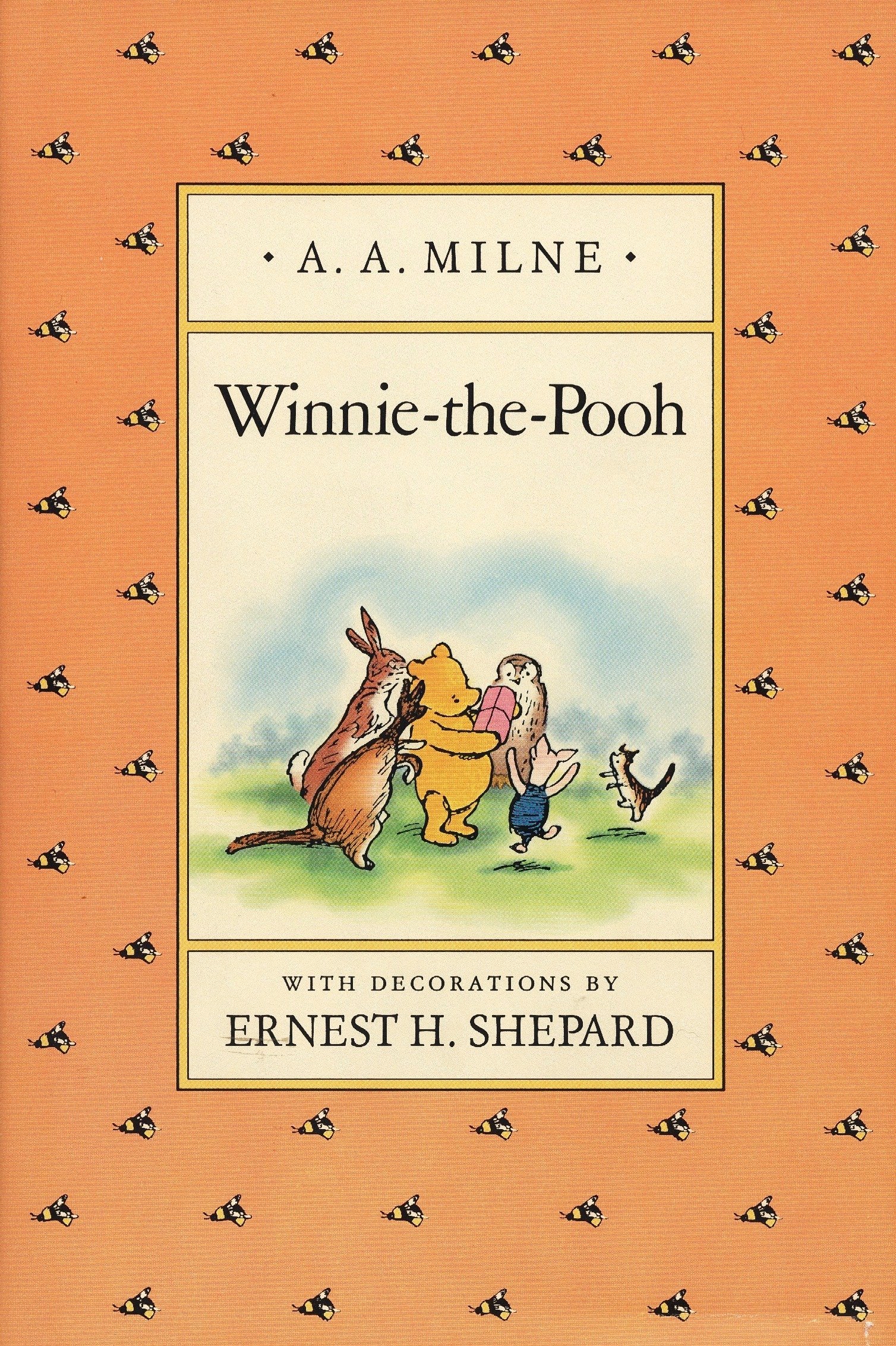
If your children only know the Disney version of Winnie-the-Pooh, now is the perfect time to introduce them to Milne’s original 1926 collection of stories about the silly old bear. Told in a comforting narrative voice that makes the reader feel like a friend, these endearing tales of Pooh and his companions are themselves silly, but also sweet. Add in E. H. Shepard’s simple, adorable illustrations, and few things could be lovelier than a literary romp through Pooh’s 100-Acre Wood.

